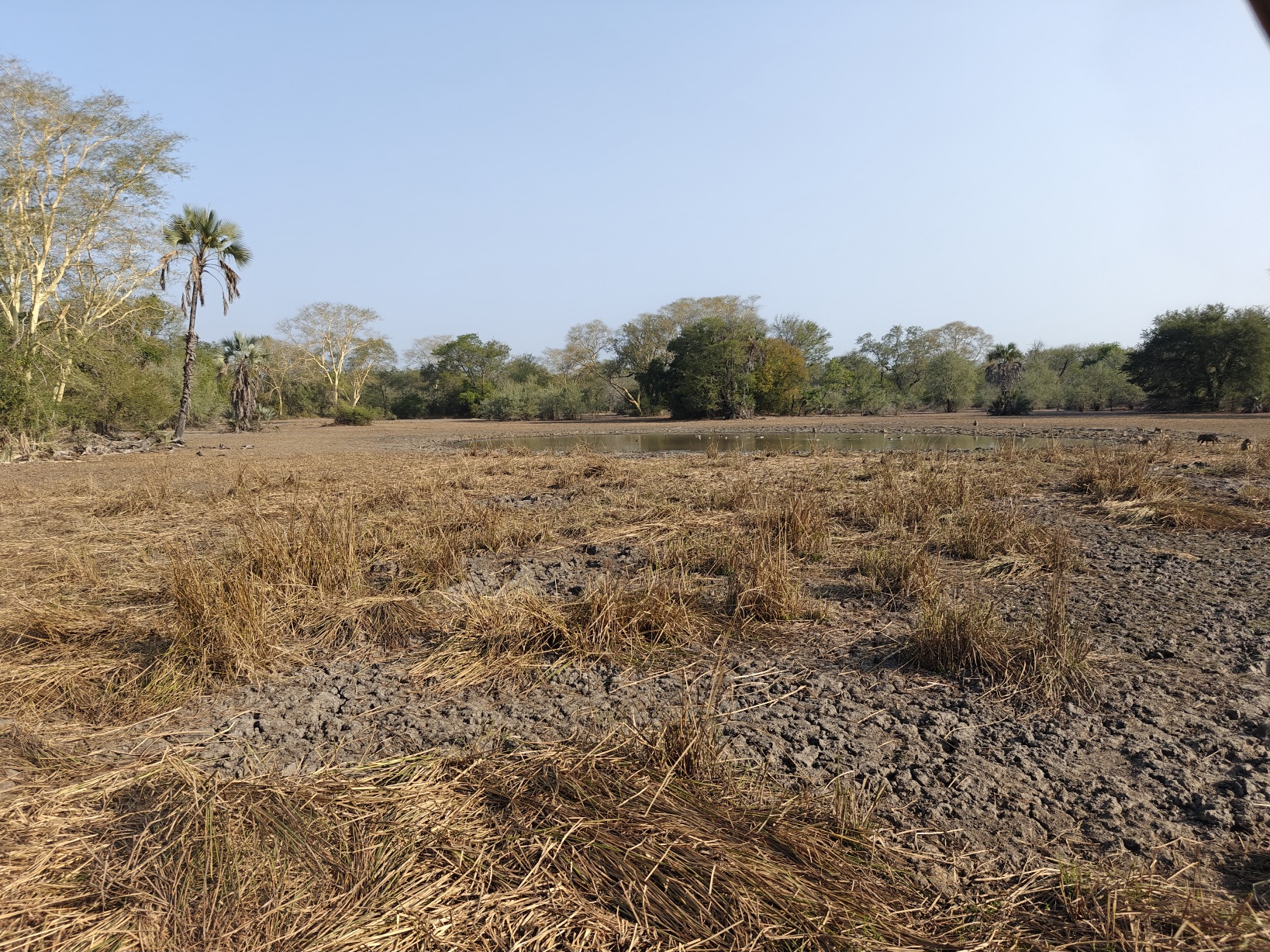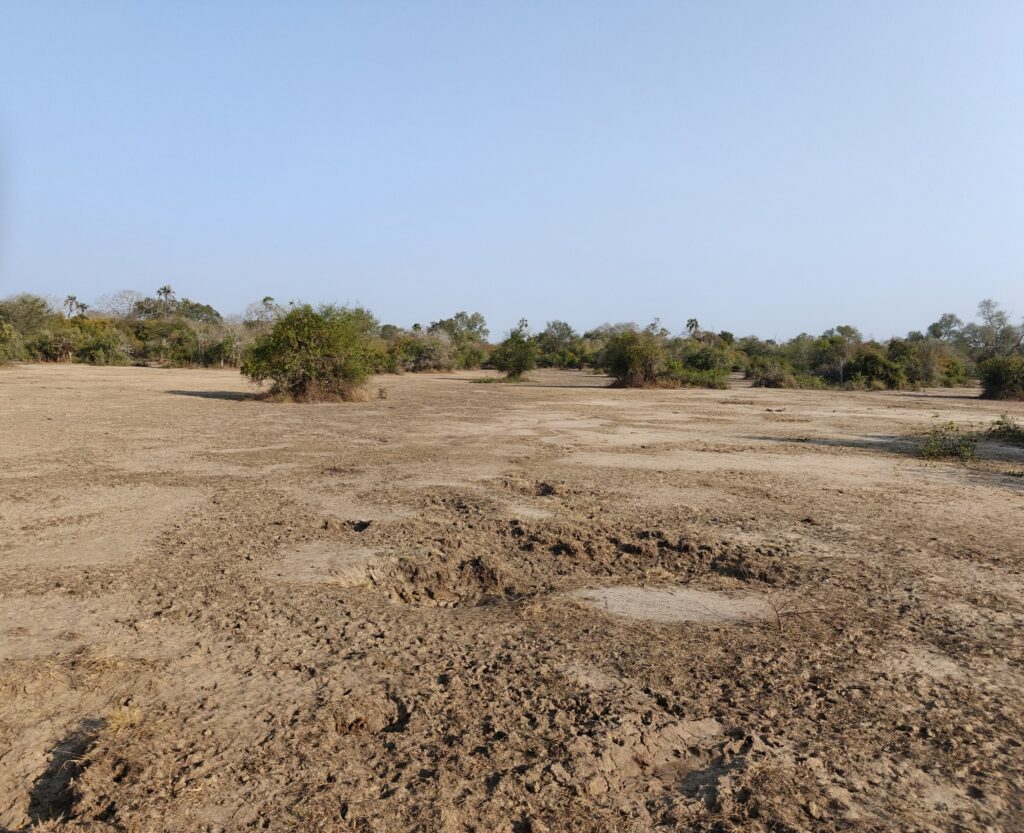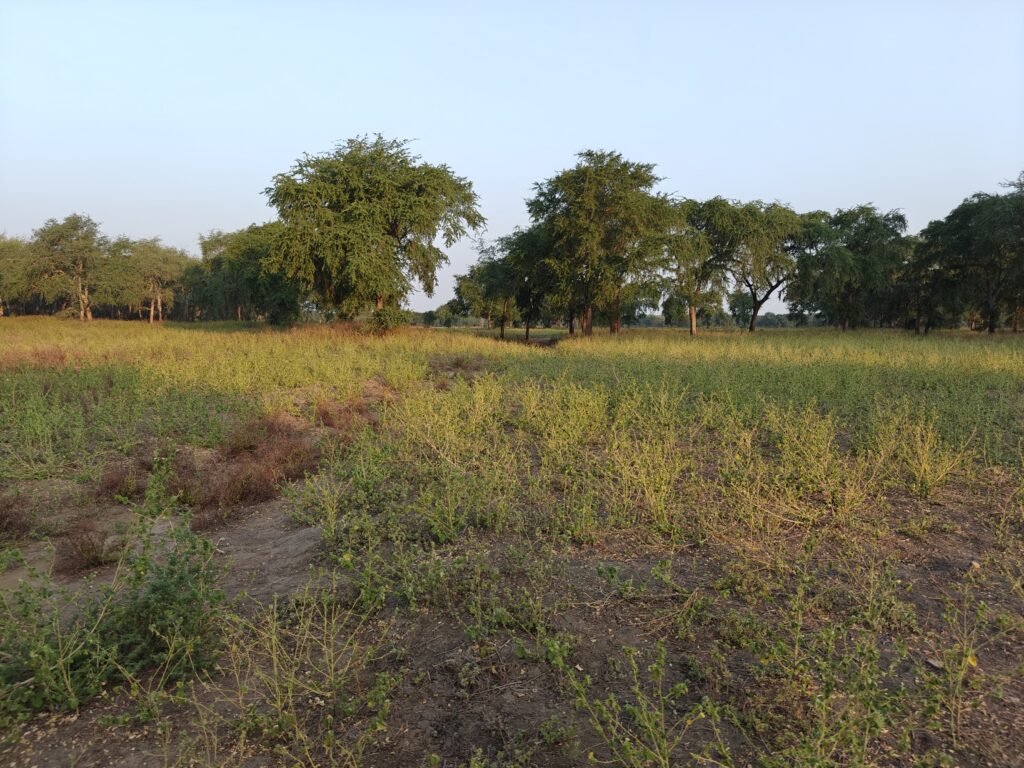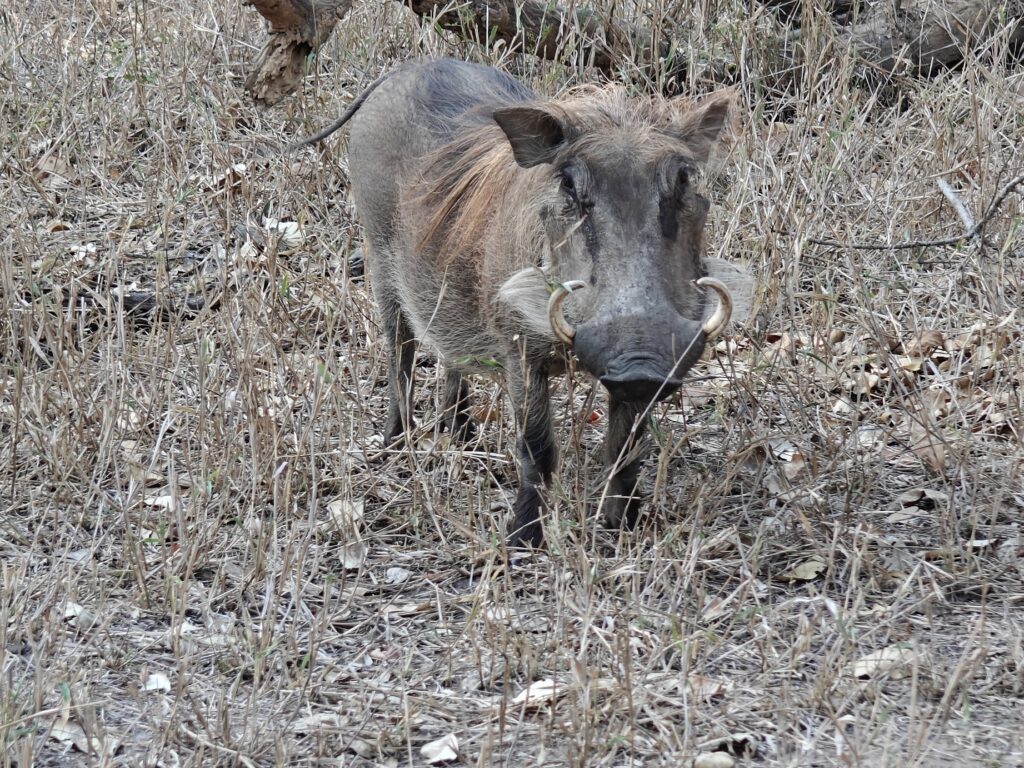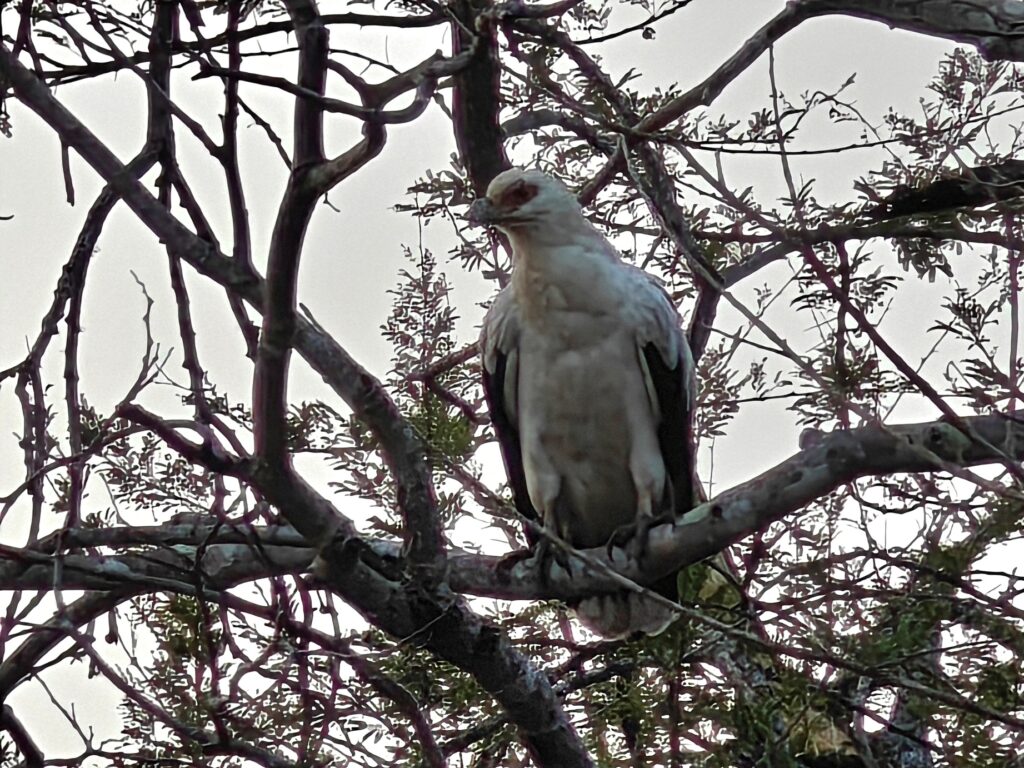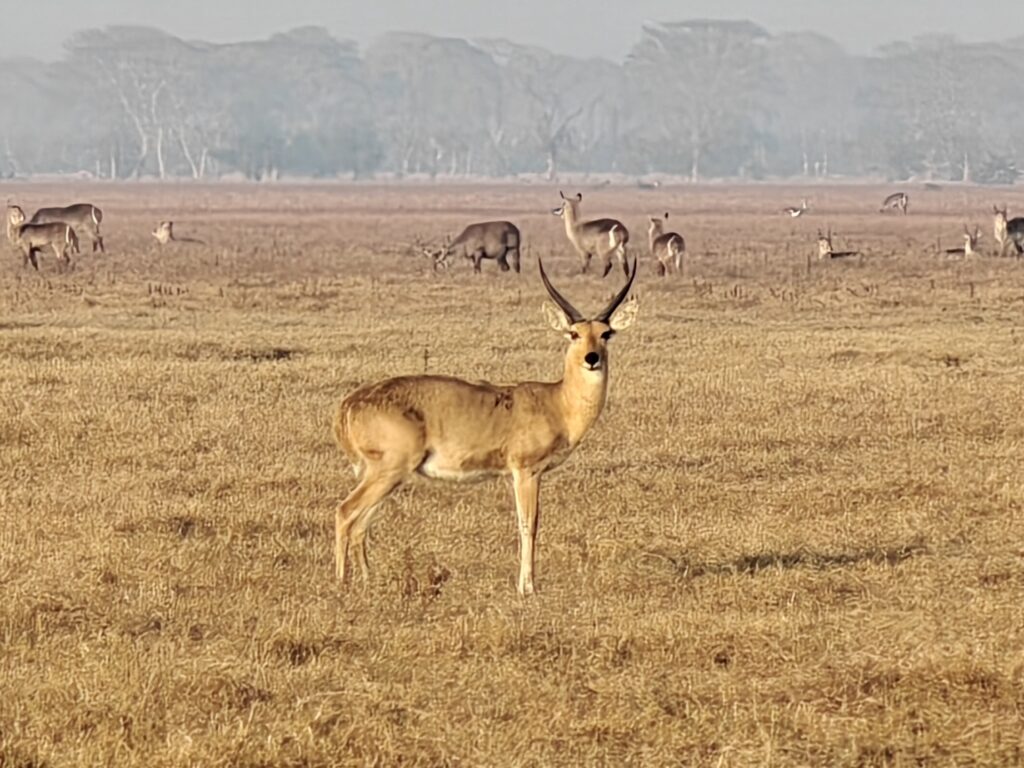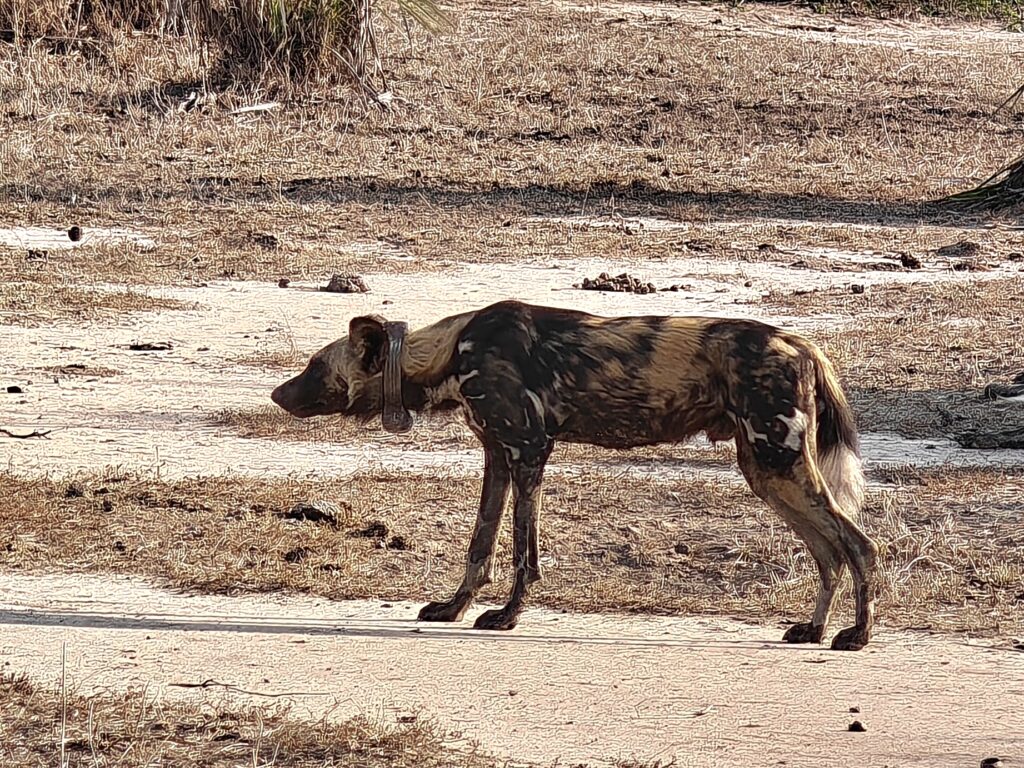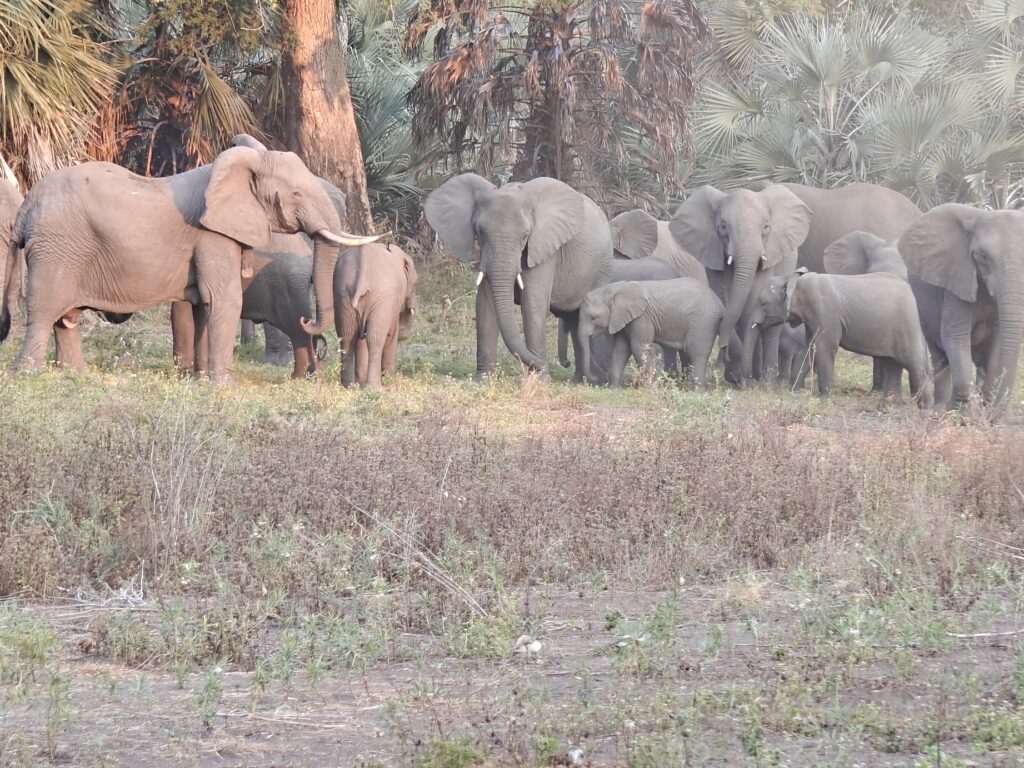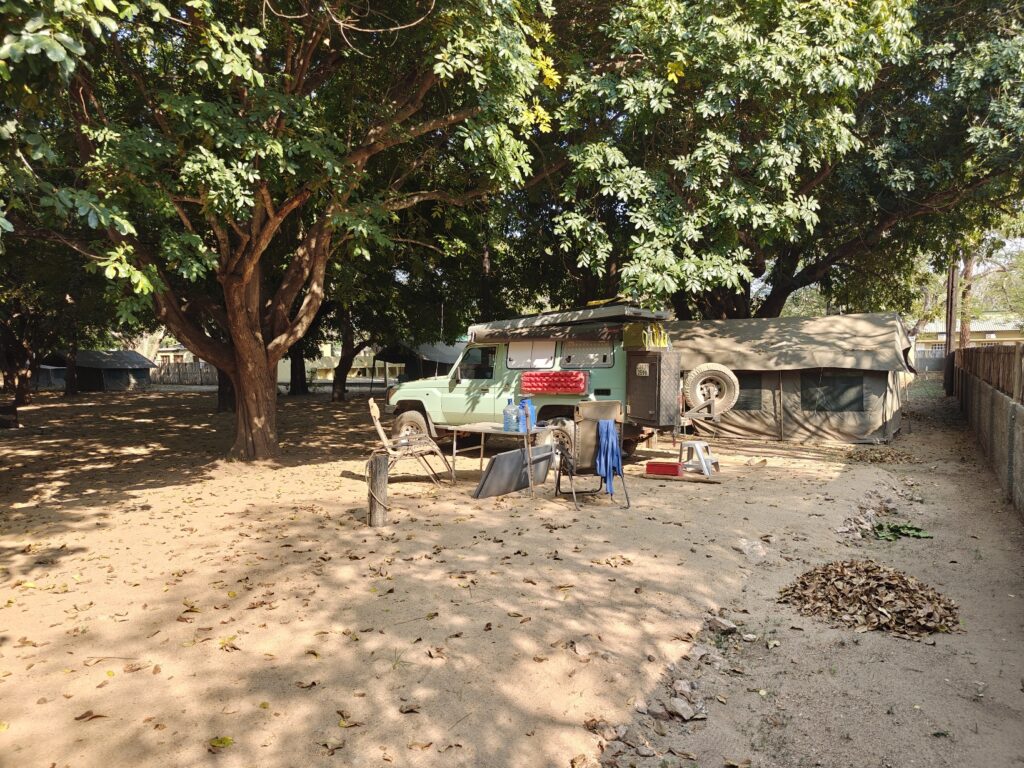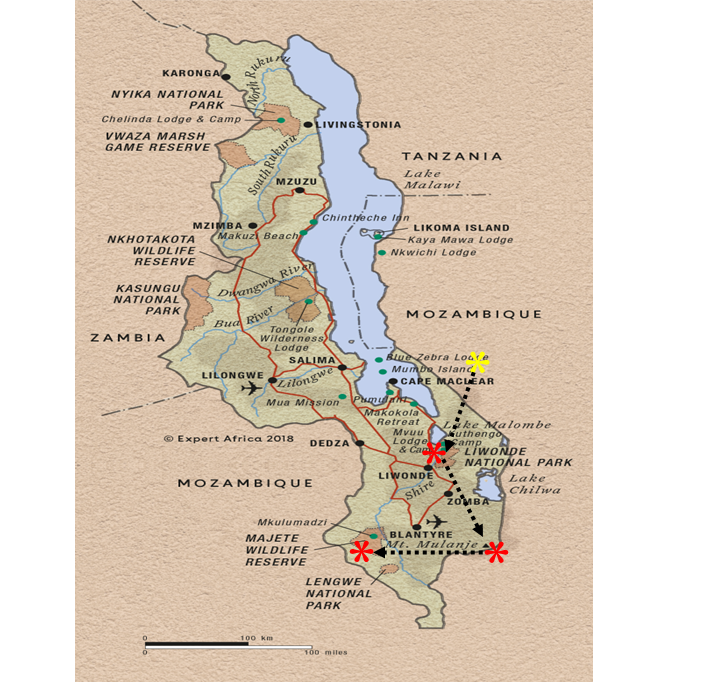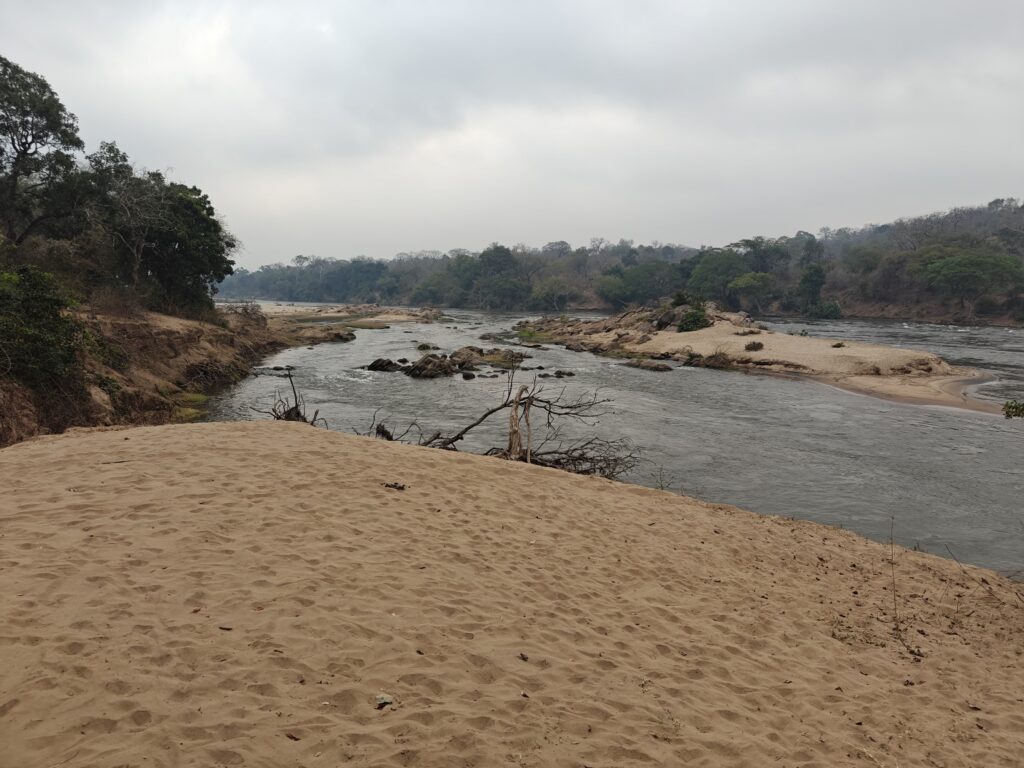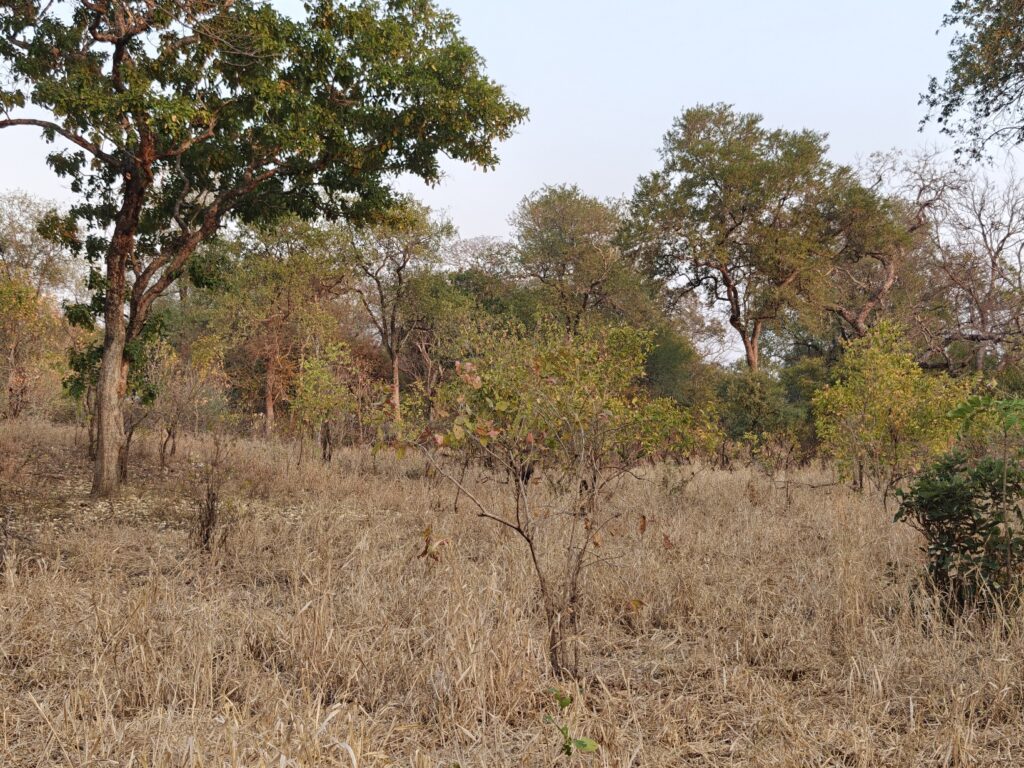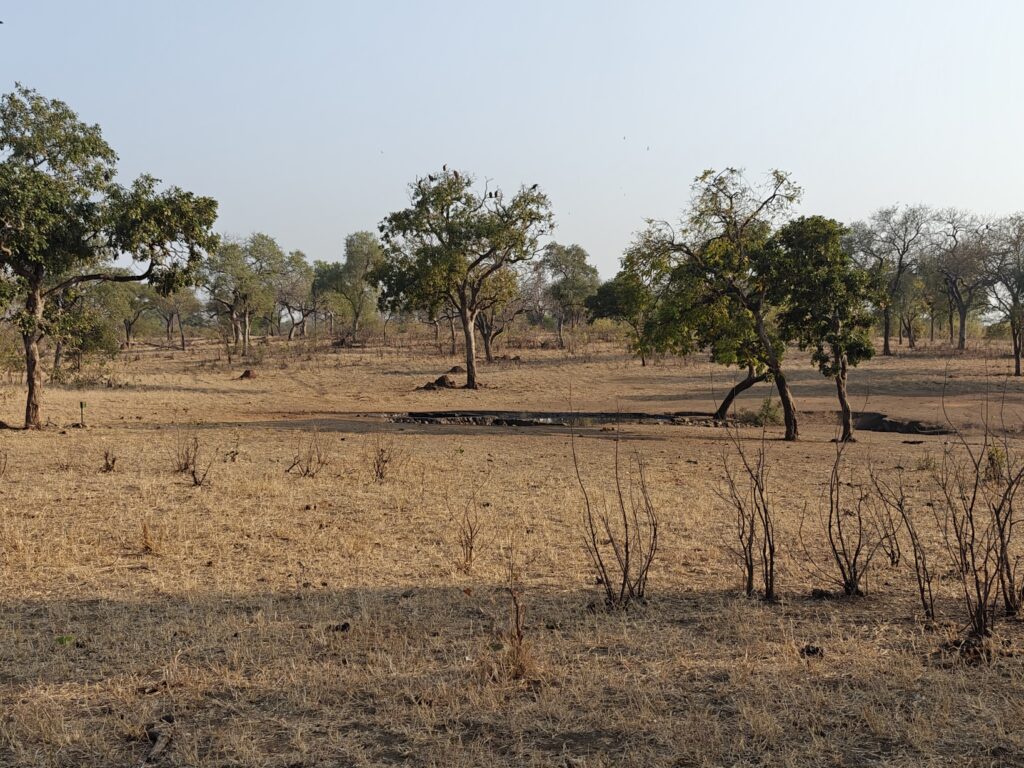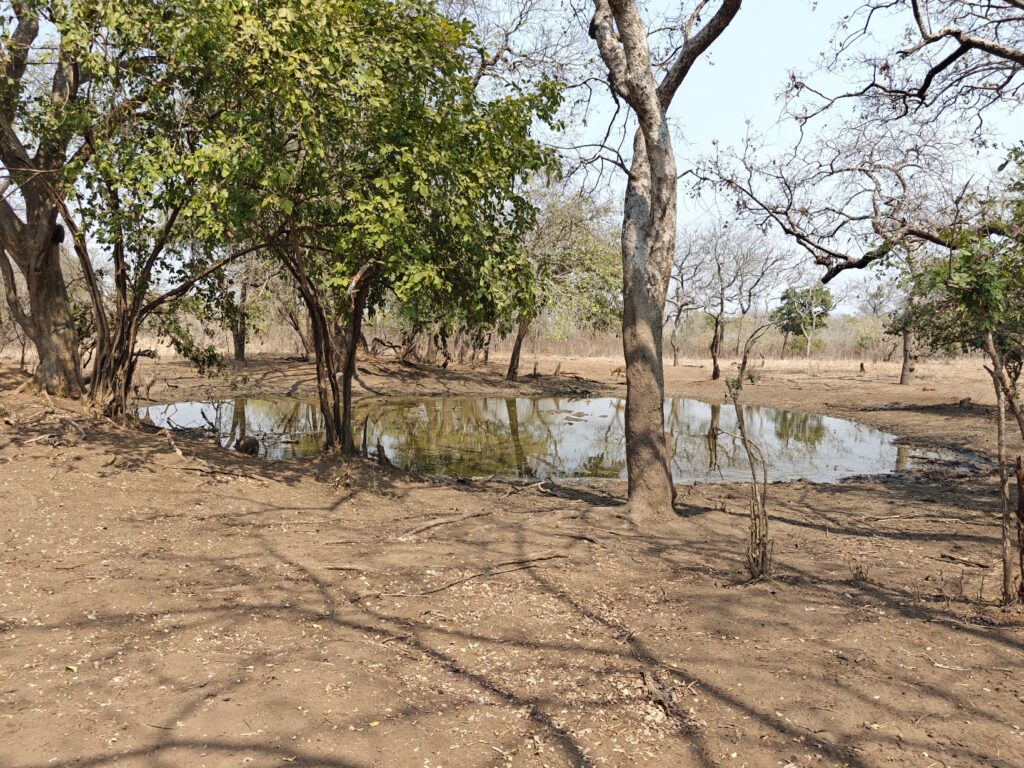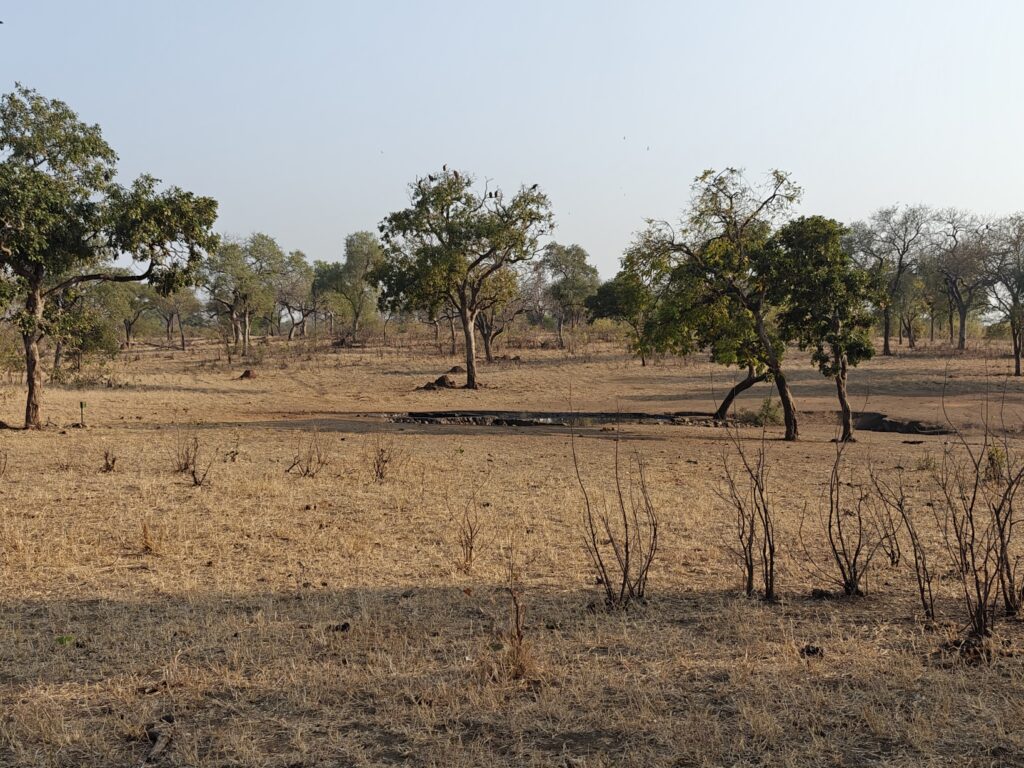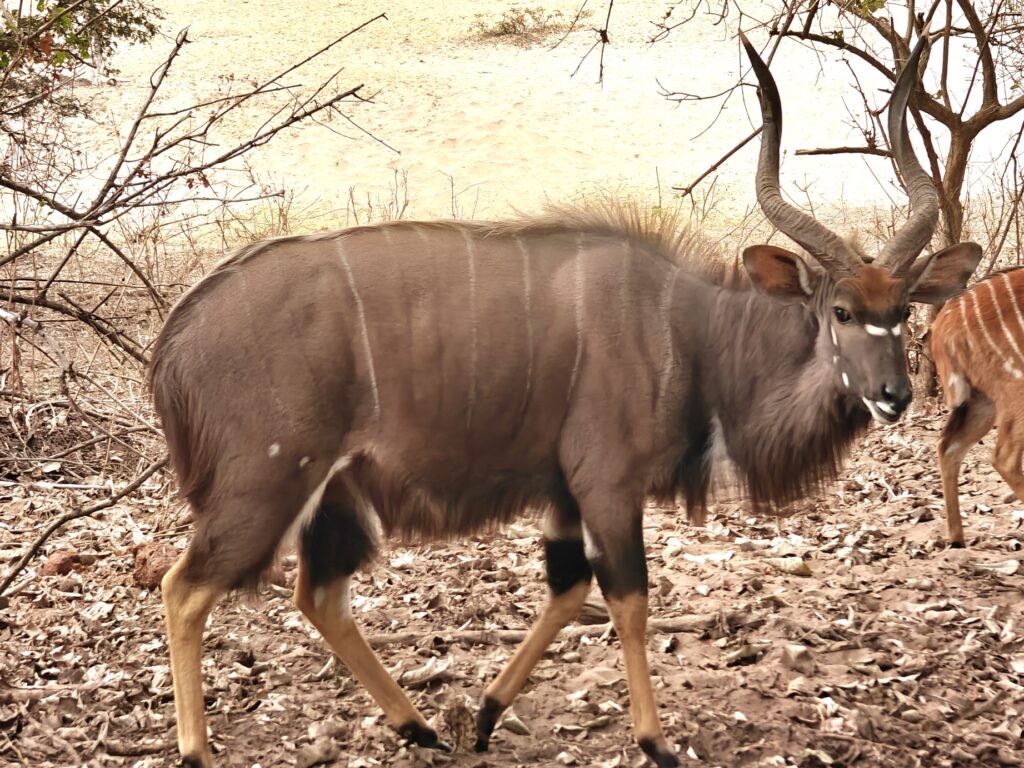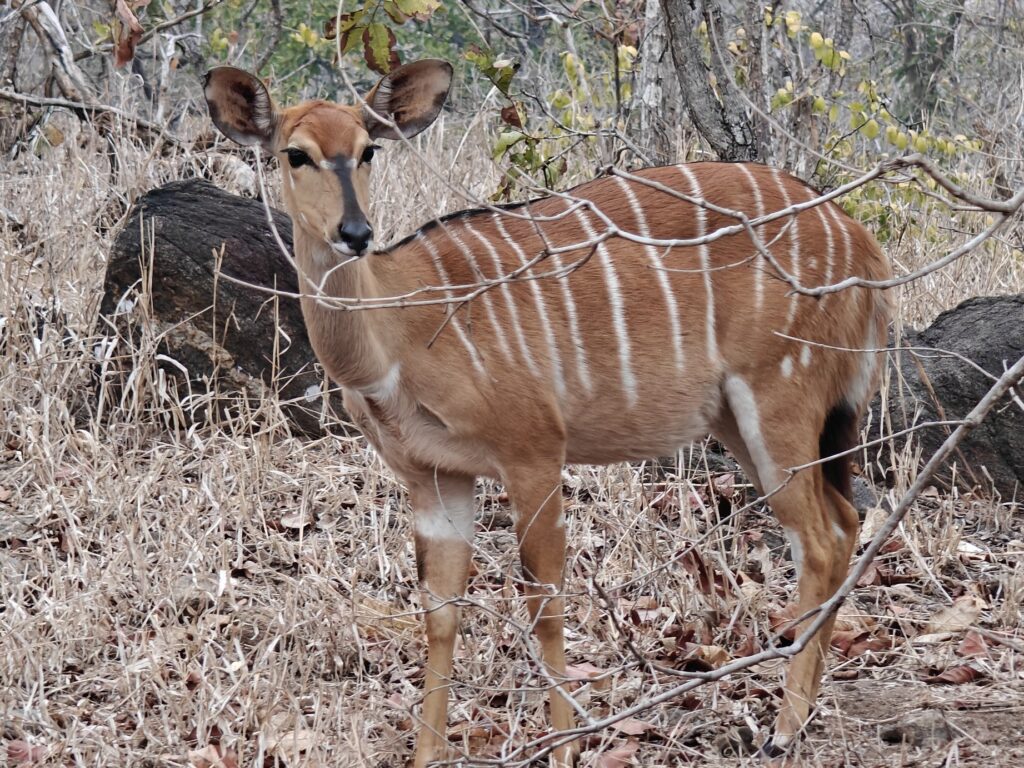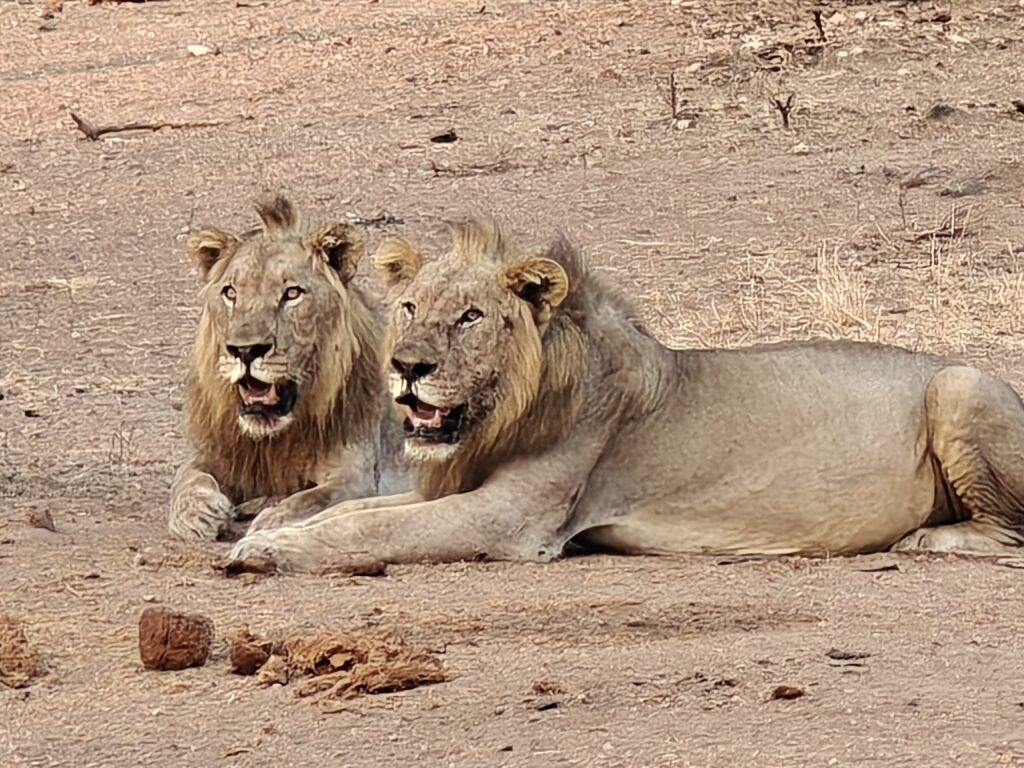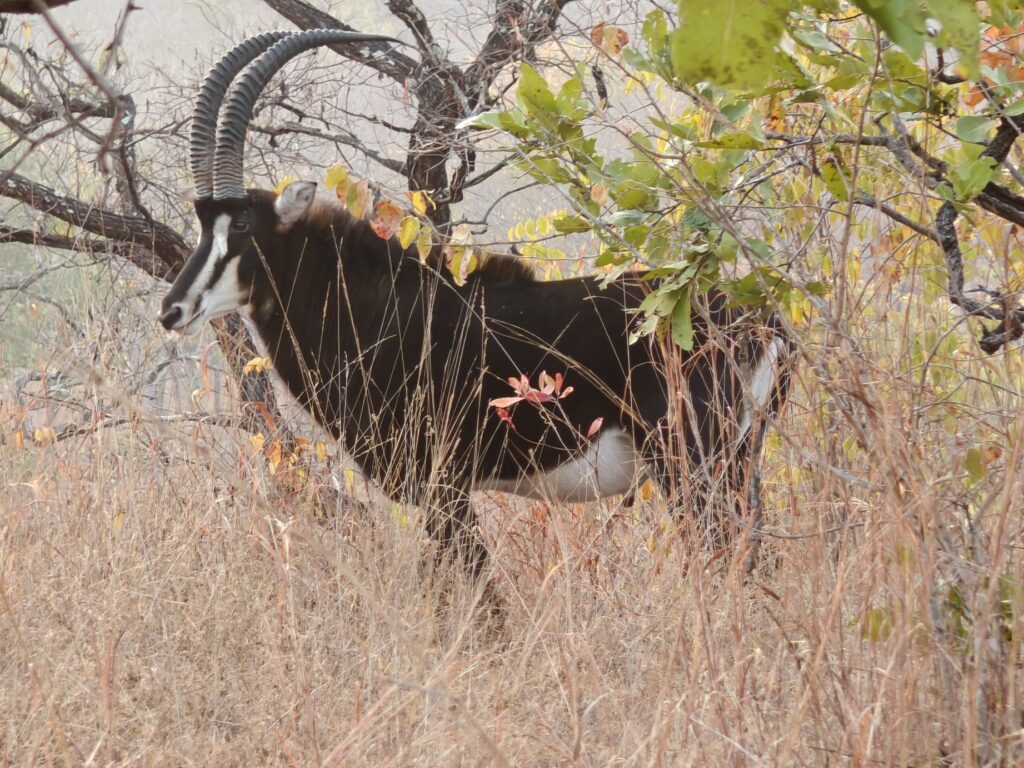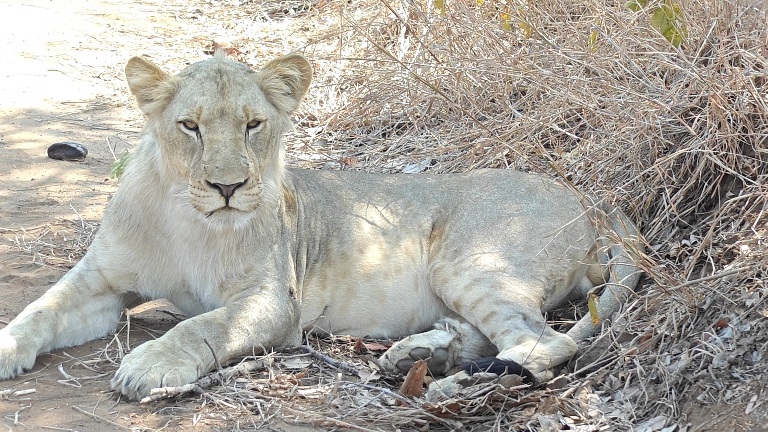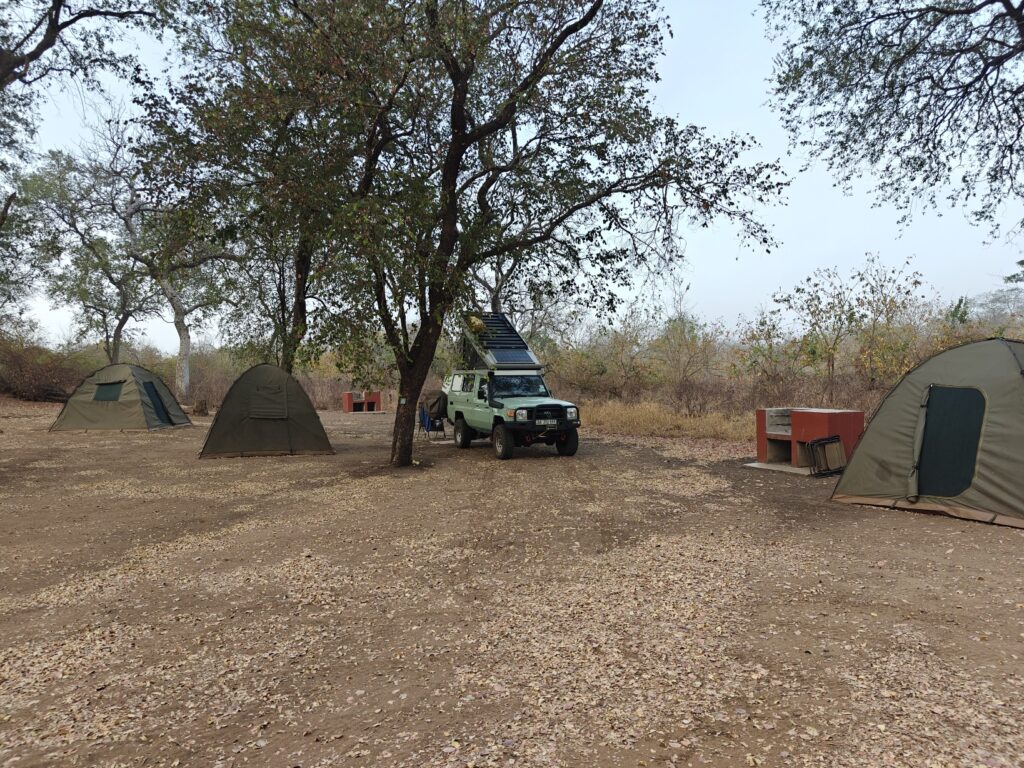I crossed into South Africa immediately after leaving Ponta do Ouro. If you want to recall some interesting factoids about this country, take a look at the “Welcome to South Africa” post from last year, as I won’t repeat them here. However, it is worth noting here that as soon as I crossed the border I entered the comparatively developed world with a noticeably higher standard (and cost) of living. Roads (including all primary, secondary and even many tertiary) are all paved, and if they are not, then they are solid gravel. There are even some roads with paved sidewalks and I even saw a couple of road crews picking up trash along the highway. And the housing, in general, is way, way better for most people. Most of the towns of any size have genuine supermarkets (sometimes several), banks with ATMs, and even shopping malls in some places. In Mozambique and Malawi, and even Kenya and Tanzania, these things only existed in the big cities. Everything cost 3-4 times more than in the previous countries, including, especially food and lodging. Now, don’t allow these observations to make you think I entered the fully developed western world. Nope, there’s still trash everywhere, recall from last year that not ALL roads are in great condition (some pothole hell here as well), and there are still slums in other parts of the country (e.g., Joburg), and not everyone has a decent house, but what a difference.

Driving through this corner of the country also took me past thousands of acres of pineapple farms (of course I stopped at a roadside stand and purchased a couple) and perhaps hundreds of thousands of acres of industrial tree farms, almost exclusively Eucalyptus trees with perhaps 1% some kind of sand pine. I felt like I could have been driving through Weyerhauser Company lands in Washington state, if I substituted Douglas fir for Eucalyptus.

My first destination in South Africa was Isimangaliso Wetland Park, previously known as the Greater St. Lucia Wetland Park. This Park is situated on the northeast coast in the KwaZulu-Natal province of South Africa about 146 miles north of Durban by road.

Isimangaliso is South Africa’s third-largest protected area, spanning 170 miles of coastline, from the Mozambican border in the north to Mapelane south of the Lake St. Lucia estuary, and encompasses 810,000 acres of natural ecosystems managed by the iSimangaliso Authority.
What is this so-called Authority? I learned from talking to Park staff that this Authority is a joint venture between the government and a private corporation, and it really shows. The Park is clearly being run as a for-profit business based on the prices charged for entry and overnight camping. For example, I paid $45 USD per day just for entry, plus $75 USD per night for camping. Note, that is roughly 10 times what I had been paying for campsites in Mozambique and Malawi, and, as it turns out, the campsites in the former two countries were much more to my liking. Not only that, but they have divided the Park into something like 10 sections, and each section is administered separately, so you have to pay separately to enter each section. I wanted to stop en route to my second night destination campsite at a couple different places to look for wildlife, but at each gate they wanted me to pay another $45 to enter just for a hour or so. Highway robbery! Extortion! I got the sense that the government sold a half share of the Park to this corporation to make some big bucks. Oh ya, did I say that they are also capturing animals here, including zebra and waterbuck for sure, and selling them to buyers such as private I game farms and Parks in places like Malawi and Mozambique that are trying to rebuild their native fauna. I ran into a team and their game transport trucks heading out to capture zebra and waterbuck. I don’t like the philosophy behind this Park! Selling off animals might be reasonable if the habitats were at carrying capacity, but from what I saw, they are far from it. Indeed, I saw very few animals for the size of the Park and the quality of the habitat. I’m guessing that this is at least partly due to them selling off animals to make a buck.
The park was proclaimed a world heritage site in 1999 because of the rich biodiversity, unique ecosystems and natural beauty occurring in a relatively small area. The reason for the huge diversity in fauna and flora is the great variety of different ecosystems in the park, ranging from coral reefs, sandy beaches and rocky shoreline, subtropical dune forests (or thickets), grassland savannahs, and a variety of estuarine and freshwater wetlands and lakes. In fact, it is recognized as one of the outstanding natural wetland and coastal sites of Africa. Here’s some photos of the different ecosystems I observed:







For my first night, I camped in the northern third of the Park at a campsite called Sodwana Bay. I had high hopes for this site, but in turned out that this is a major destination for tourists wanting to recreate on the beaches and for scuba diving on some of the offshore reefs. Get this, the campground had over 1,000 sites; yes, that’s right, 1,000! It was a maze of roads with sites in every direction and packed together. AND, during the high season it gets fully booked! Can you imagine? It would be a total zoo. Fortunately for me, there was no one else in the entire campground that I saw except for the game capture folks. There were also 2 or 3 private lodges within the Park next to the campground that were full with people, mostly scuba divers I believe. I was partly excited about camping here because they had a 5 km hiking trail in the interior to the grasslands and wetlands that was suppose to be great birding, since they have no roads to drive. Well, the trail was closed because of lack of maintenance and because they claim there had been some “muggings”. With all the money this corporation is raking in – remember, 1,000 fully booked during the high season at crazy high prices – it’s reasonable to expect them to maintain the only trail in the Park and do a little law enforcement for tourist safety. I was very bummed, since the only thing left to do is hang out on the beach! Here’s a shot of my campsite and I couple of the visitors I had:



I left Sodwana and headed south to Cape Vidal in the southern third (and different section) of the Park and one that I had read about and heard from some fellow overlanders was a really, really nice spot and campground. Cape Vidal is about 30 km out on a penninsula and the furthest point you can drive on the pennisula. I expected to drive out on a sand track to a remote, little used, beautiful setting with perhaps a few other people. Wrong! The road was paved, there were lots of tourists, and the campground was abysmal. If you have ever camped at most state park campgrounds in the U.S. you might be able to picture this campground. At least 50 sites, each small and right next to each other. No privacy, packed with campers, many retired but some with loud kids, most with the classic South African set up; i.e., a huge compound with multiple trailers, chairs, tables, security lights on stands, kitchen tents, and all sorts of stuff to keep them supplied and entertained for days. So, no surprise, I decided not to stay a second night. Here’s a shot of my campsite – the farthest from the ablutions as possible and with a couple vacant sites either side of me as a result – before even more people arrived, for what its worth, and I am not going to show the beach because it looked almost exactly like the last few beaches I visited:

Perhaps the only positive thing about this site, other than the hot showers, is that I did have a couple of welcome campsite visitors:


This section of the Park only has one drive open to the public, which sucks given the size of the area, and I saw very little wildlife on this drive other than a few zebra and a dozen or so buffalo, except for this beautiful girl:

Note, given Rick’s comment on my last past, I felt obliged to show my mistress – as apparently I have one!
But I did encounter several greater Kudo driving in and out of the Park, which are always a delight to see, especially the bulls with their huge spiral horns (see video for that):

Here’s a quiz bird for Phil (and anyone else that fancies themself a birder; e.g. Stephen, Steve, Brenda, …):

Here’s a composite video of my visit to iSimangaliso Wetland Park, but keep your expectations low:
iSimangaliso Wetland Park composite (17 minutes)
I’m off to Hluhluwe-Imfolozi Park, supposedly the oldest proclaimed nature reserve in all of Africa, where they supposedly have lots of white rhinos. We’ll see about that.








































